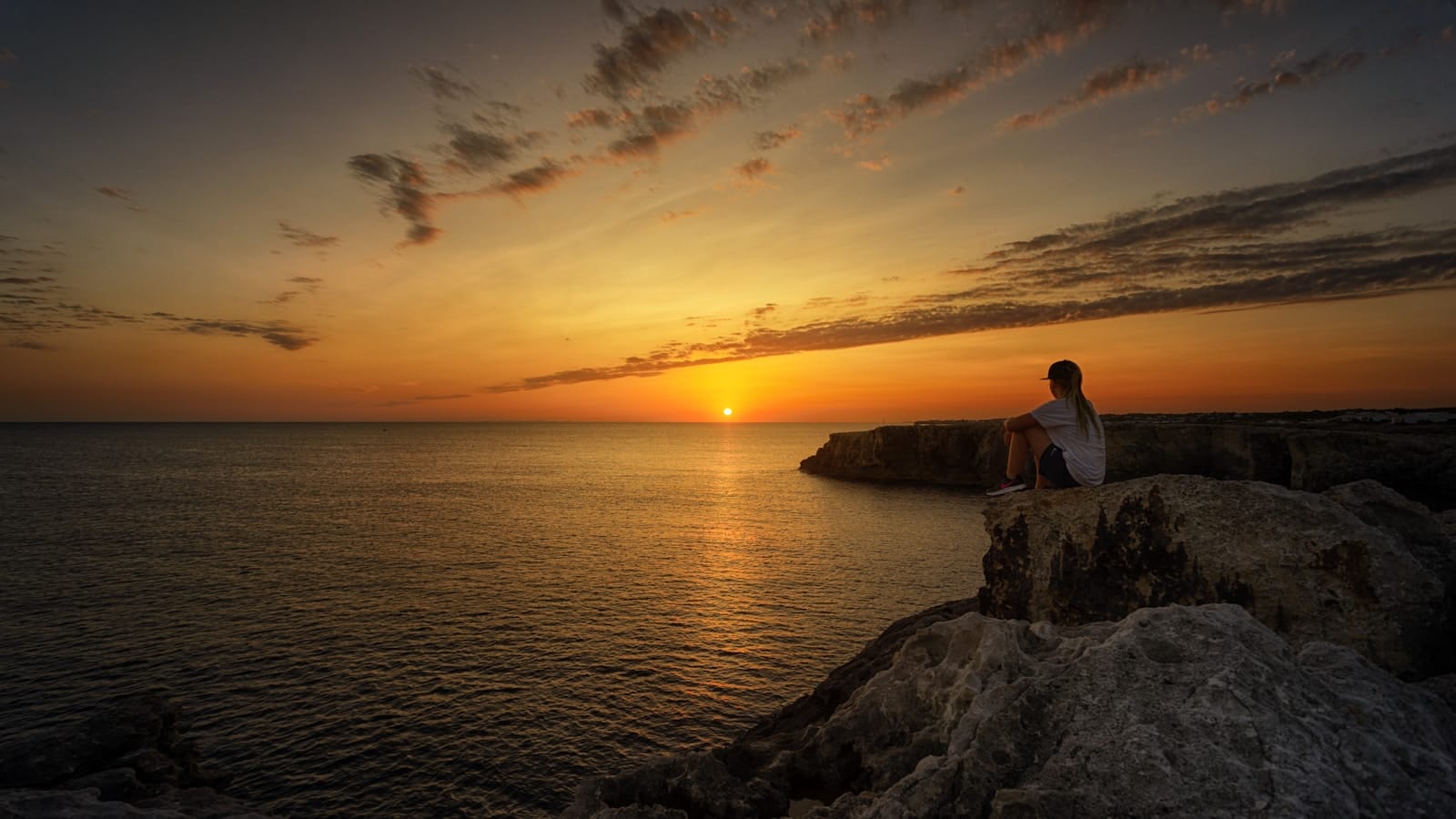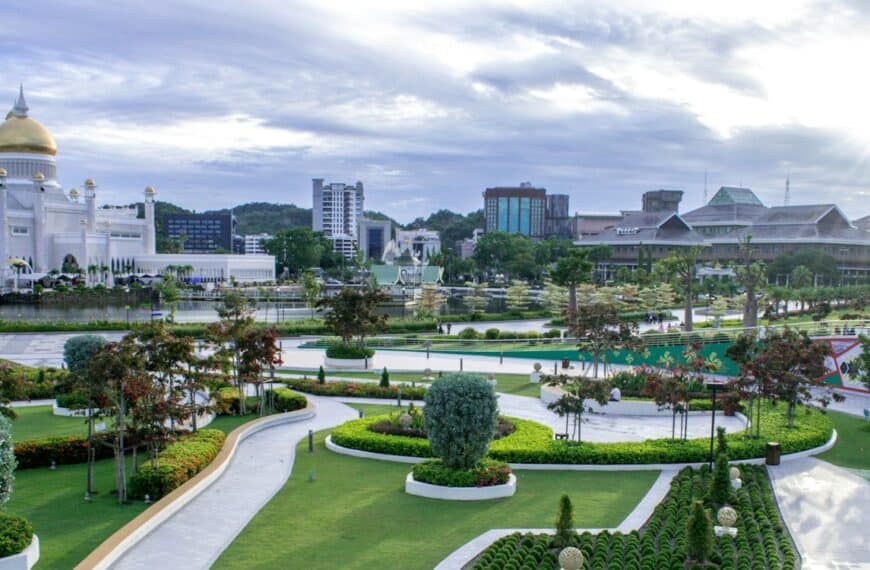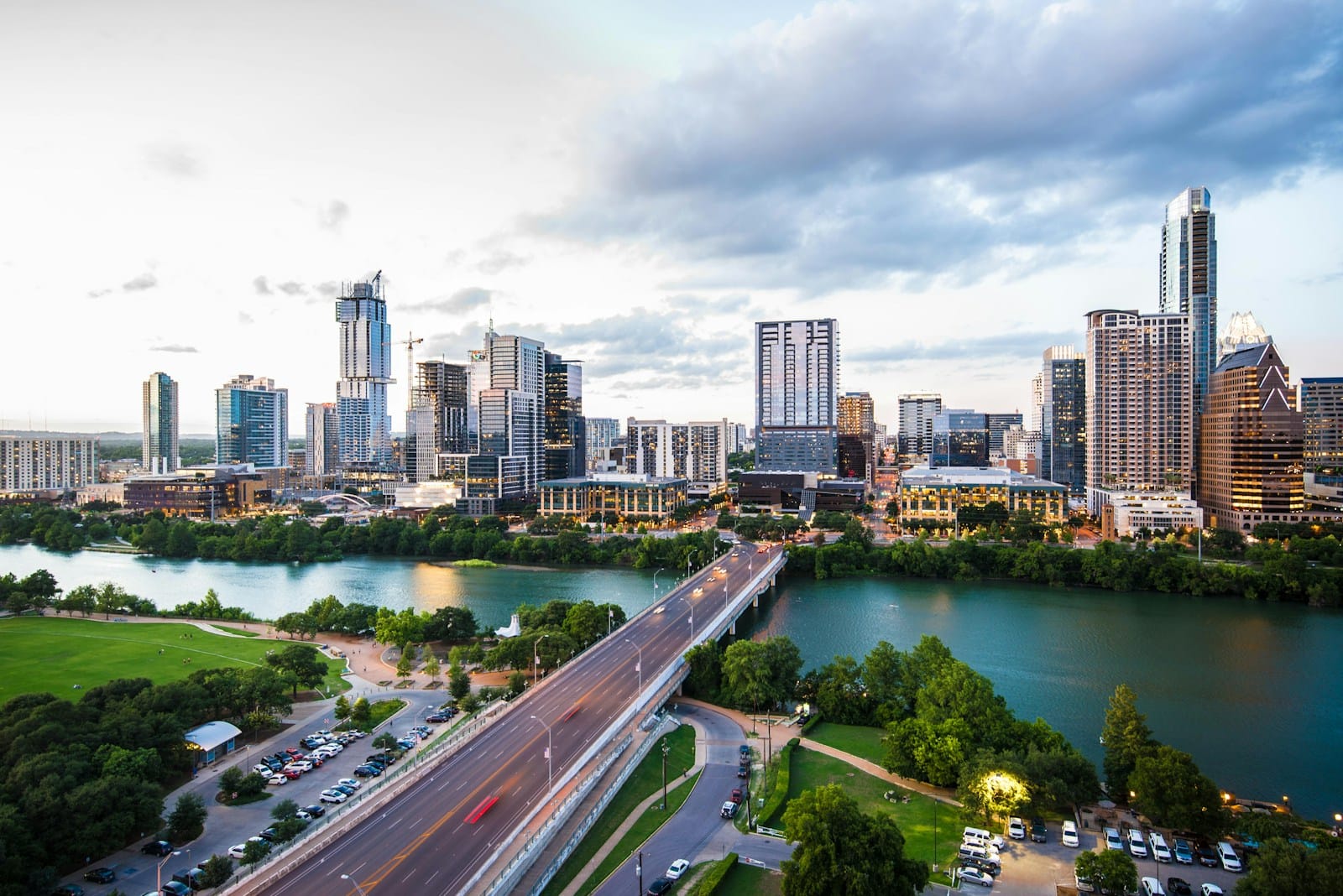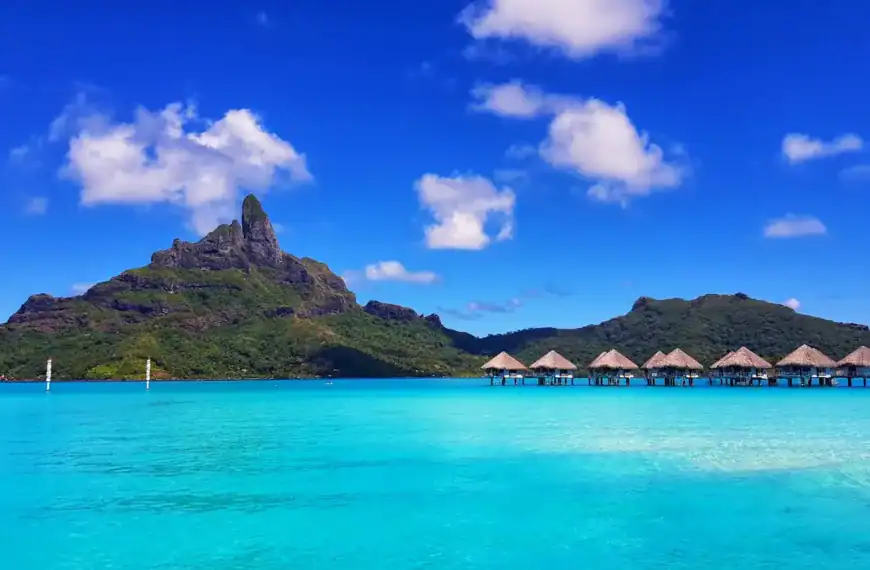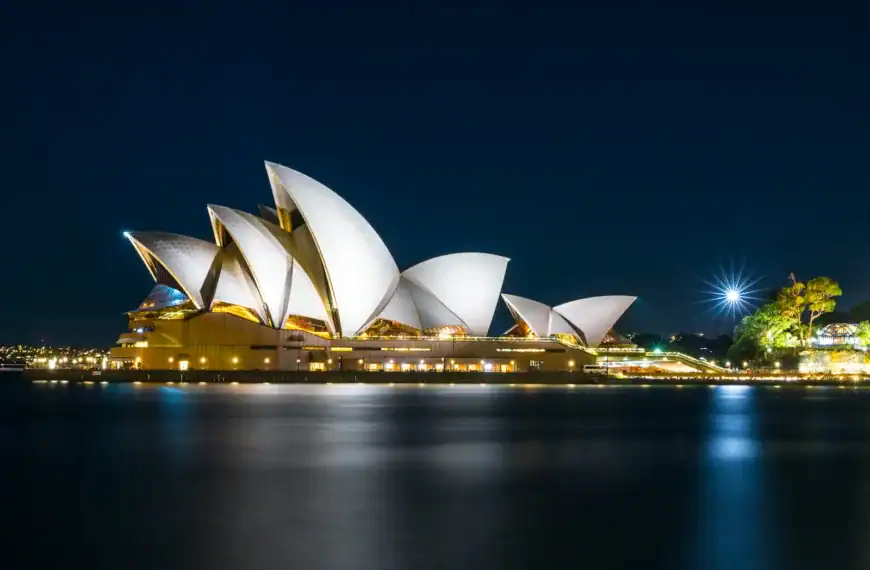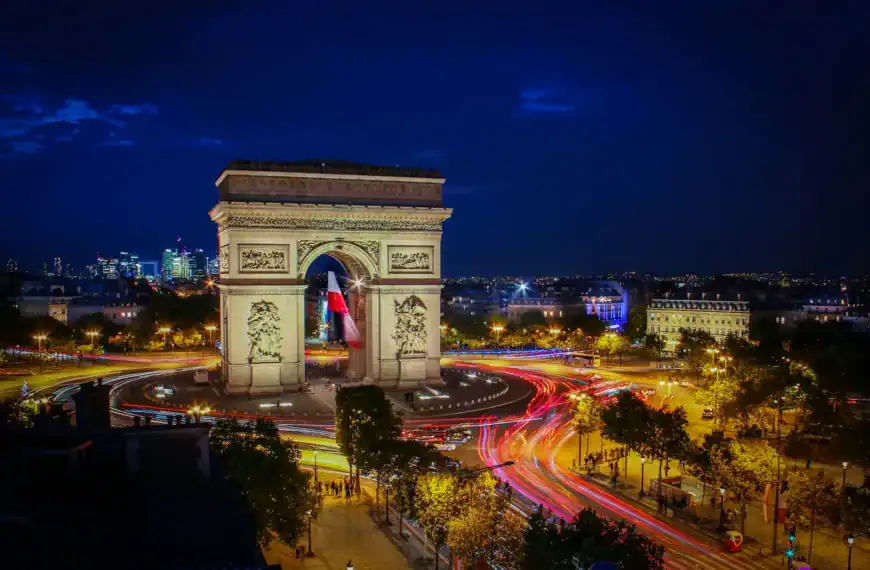Menorca Travel Guide: Beaches, Culture & Hidden Wonders
Intro to Menorca Travel Guide
Quieter than Mallorca, yet just as dazzling, Menorca is a Mediterranean gem filled with prehistoric ruins, turquoise coves, pine-scented trails, and whitewashed villages. This Menorca travel guide is your key to Spain’s most laid-back Balearic island — ideal for slow travelers, families, nature lovers, and beach wanderers.
Unlike its louder neighbors, Menorca preserves its biosphere status with grace, offering clean coasts, hiking trails, and ancient talayotic sites alongside colorful ports and seafood taverns. Whether you want to kayak through caves, walk the legendary Cami de Cavalls, or sip gin in a cliffside bar, Menorca will surprise and soothe in equal measure.
Start your journey with our Menorca tour guide and discover secret beaches, ancient cultures, and peaceful island rhythms.
Cities to Explore in Menorca
Alaior | Ciutadella de Menorca | Es Castell | Es Mercadal | Ferreries | Mahón | Sant Lluís
💡Quick Facts:
Destination: Menorca (Minorca)
Continent: Europe
Country: Spain
Region: Balearic Islands (Autonomous Community)
Capital: Maó (Mahón)
Largest City: Maó, Ciutadella
Area: 696 km²
Population: ~96,000
Density: ~138/km²
Official Languages: Catalan (Menorquí dialect), Spanish
Currency: Euro (EUR)
Time Zone: Central European Time (UTC+1); Central European Summer Time (UTC+2)
Known For: UNESCO Biosphere Reserve, megalithic Talayotic sites, hidden calas (coves), whitewashed towns, sailing and diving
Airports: Menorca Airport (MAH)
Climate: Mediterranean; hot, dry summers and mild, wetter winters
🛂Arrival Info:
Entry: Schengen Zone rules apply (EU/EEA free movement, 90-day visa-free for most travelers).
Airport Access: Direct flights from mainland Spain and major European cities, especially in summer.
Ferries: Regular connections from Mallorca and Barcelona.
Customs: Same rules as Spain; duty-free only if arriving from outside EU.
🏥Health Info:
Vaccines: Routine EU requirements only.
Hospitals: Main facility is Hospital General Mateu Orfila (Maó); smaller clinics in towns.
Emergency Care: EU travelers covered by EHIC/GHIC; insurance recommended for others.
Risks: Intense summer heat, jellyfish stings in coastal waters.
🚑 Check travel insurance options for travel emergencies, delays, and medical needs abroad — Get coverage here
💉 Stay Informed with Official Updates: WHO – International Travel & Health | CDC – Travel health updates
🚨Travel Advisory:
Safety: Low crime rate; minor pickpocketing in tourist zones.
Natural Hazards: Occasional wildfires in summer; strong “Tramuntana” winds.
Resources: Spain Travel Advice – Gov.uk or national authority equivalents.
🌍Track Real-Time Official Updates: US Travel Advisory | UK Foreign Travel Advice | Government of Canada | NZ SafeTravel
🥳Holidays:
Sant Joan Festival (Ciutadella): Late June, iconic horse parades.
Assumption of Mary: Aug 15.
National Day (Fiesta Nacional de España): Oct 12.
All Saints’ Day: Nov 1.
Christmas Day: Dec 25.
New Year’s Day: Jan 1.
💰Visitor Info:
Currency: Euro; ATMs common, cards widely accepted.
Costs:
Budget: €50–70/day
Mid-range: €100–180/day
Luxury: €250+ per day (resorts, yachts, villas)
Tipping: Not obligatory; rounding up in restaurants and taxis appreciated.
Tourist Tax: Sustainable tourism tax (€2–4 per person/night) added to stays.
🛫Airports:
Menorca Airport (MAH) – Maó
Location: ~4.5 km (2.8 mi) southwest of Maó
Type: Domestic & seasonal international airport
Airlines: Iberia, Vueling, Ryanair, Jet2, easyJet, TUI, Lufthansa (seasonal)
Ground Transport: Taxis, rental cars, public buses (Bus 10 to Maó)
🧳 Delayed or canceled flight? Check if you’re eligible for compensation
🚍Transport:
Car Rentals: Best option for exploring remote beaches and rural areas.
Public Buses: Cover main towns and some beaches, less frequent off-season.
Cycling: Popular due to island’s flat terrain and dedicated trails.
Ferries: Connect Menorca with Mallorca and mainland Spain.
🚗 Book reliable airport transfers and in-city rides in advance. Reserve your ride here
🛰️Connectivity:
SIM/eSIM: Movistar, Vodafone, Orange, Yoigo available.
Wi-Fi: Reliable in hotels, cafes, towns.
Roaming: Free within EU for EU SIM cards.
🛜 Stay connected abroad with affordable eSIM data packs. Get your eSIM here
📜Laws & Etiquette:
Alcohol: Legal drinking age 18; nightlife quieter than Ibiza or Mallorca.
Smoking: Banned indoors in public places.
Dress Code: Casual; beachwear only at beaches.
Cultural Respect: Local fiestas involve horses — respect animals and handlers.
Environment: As a UNESCO Biosphere Reserve, sustainable tourism practices encouraged.
👮Emergency Info:
Emergency Number: 112 (EU standard).
Police: Guardia Civil and Policia Local present.
Hospital: Hospital General Mateu Orfila, Maó.
Tourist Info Offices: Maó, Ciutadella, airport.
🏛️ Use embassy locator tools: Embassies Worldwide
🌞Weather:
Summer (Jun–Sep): Hot, dry, 25–32°C; peak tourist season.
Spring/Fall: Pleasant, 18–25°C; good for hiking and fewer crowds.
Winter: Mild, 10–15°C, some rain; quiet season.
Sea Temps: Warmest Aug–Oct, ideal for swimming.
🌦️ Stay prepared—check the weather forecast for your destination — Weather Forecast
Menorca Cities & Major Destinations
Despite its size, Menorca is home to vibrant towns, scenic ports, and traditional inland villages — each with a character all their own.
- Mahon (Maó)
The island’s capital and main port, Mahon boasts Europe’s second-largest natural harbor. Its British colonial history, lively markets, and waterfront promenade make it a stylish base. Don’t miss a tour of the Xoriguer gin distillery or a meal overlooking the marina. - Ciutadella de Menorca
Elegant and historic, Ciutadella on the west coast is all stone alleyways, Gothic cathedrals, and lively plazas. Once the island’s capital, it remains a cultural heart with festivals, boutique shops, and sunset views from the port. - Fornells
A northern fishing village turned watersports hub. Famous for lobster stew (caldereta de llagosta) and windsurfing, Fornells is a great place to try local cuisine or paddle out on calm waters. - Es Castell
A small town east of Mahon known for its English architecture, military past, and the charming harbor of Cales Fonts. Great for evening strolls and waterside dining. - Alaior
A peaceful inland town rich with whitewashed houses, local cheese shops, and hidden churches. It’s a quiet escape with strong local identity and a great base for exploring central Menorca. - Binibeca Vell
A postcard-perfect, all-white village on the southern coast built in the 1970s to mimic a traditional fishing town. Though more of a photo stop than a place to linger, it’s iconic in its own right.
How to Choose Where to Go in Menorca
While the island is small, each region of Menorca offers different atmospheres and advantages depending on your travel style.
- For Families & Easy Beaches:
Southern towns like Binibeca, Sant Lluís, and Son Bou offer calm waters, soft sand, and nearby amenities. Great for kids and relaxed days. - For Cultural Explorers & Nightlife:
Base yourself in Ciutadella or Mahon to enjoy local history, live music, harborfront bars, and access to museums and events. - For Nature & Hiking:
Stay near the northern coast, Fornells, or inland towns like Alaior to be close to rural trails, biosphere reserves, and wild, less-touched beaches. - For Water Sports & Snorkeling:
Fornells and Cala Galdana are top picks — the former for kayaking and sailing, the latter for snorkeling and gentle cliff swims. - For Honeymooners or Seclusion:
Choose boutique stays in countryside villas near Es Migjorn Gran or beachfront hideaways around Cala Macarella for the quietest coastal charm.
Natural Escapes & Scenic Highlights
The island’s real treasure lies in its preserved nature. This section of the Menorca travel guide reveals where to hike, swim, and be awed by the landscape.
- Cala Macarella & Cala Macarelleta
These twin coves southwest of Ciutadella are the icons of Menorca. White sand, turquoise water, and pine-shaded cliffs — reachable via a moderate hike or by sea. - Cami de Cavalls Trail
A 185-km circular path that wraps around the island’s entire coast. Originally used by soldiers, today it’s perfect for walking, biking, or riding sections on horseback to access hidden beaches and wild cliffs. - Parc Natural de s’Albufera des Grau
The island’s protected biosphere zone near Mahon — a haven for birdwatchers and nature lovers, featuring wetlands, hiking trails, and untouched bays like Cala Tortuga. - Cala Pregonda
On the north coast, this beach boasts golden-red sands and rocky reefs, offering a Mars-like landscape and superb snorkeling far from the crowds. - Monte Toro
At 358 meters, it’s the island’s highest peak. Climb or drive for sweeping views across Menorca, plus a serene monastery and café at the summit. - Cala Mitjana & Mitjaneta
South of Ferreries, these coves are less crowded than Macarella and equally beautiful. Ideal for early morning swims and cliffside photos. - Es Grau & Isla d’en Colom
A flat, shallow beach perfect for paddleboarding. Across the bay sits Colom Island, a nature sanctuary reachable by kayak or boat. - Cap de Cavalleria
One of Menorca’s most dramatic coastal areas. Home to a scenic lighthouse, sea-carved cliffs, and northern beaches that feel truly off-grid.
Cultural & Historic Landmarks
Menorca’s soul runs deeper than sand. From ancient ruins to colonial forts, the island’s cultural tapestry dates back millennia.
- Naveta d’Es Tudons
A prehistoric burial chamber built over 3,000 years ago — shaped like an upside-down boat. This is Menorca’s most famous Talayotic monument and a UNESCO World Heritage Site. - Torre d’en Galmés
The largest Talayotic settlement on the island. Its stone towers, houses, and underground cisterns give insight into early human life in the Balearics. - Fort Marlborough
Built by the British in the 18th century near Es Castell. You can descend into tunnels, see cannon stations, and get panoramic views over Mahon harbor. - Basilica de Son Bou
Ruins of a 5th-century early Christian church right by the beach — combining beach access with ancient history. - Santa Maria Church (Mahon)
Known for its massive organ and central square location, this 18th-century church holds evening music performances and traditional services. - Museo de Menorca (Mahon)
Housed in a former Franciscan convent, this museum traces Menorca’s history from ancient cultures to the present day with rich archaeological displays. - Ciutadella’s Old Town
Cobbled streets, arched palaces, Gothic architecture, and central plazas — perfect for history walks and tapas breaks in historic surroundings.
Local Food, Arts & Experiences
This Menorca travel guide would be incomplete without savoring the island’s culinary and creative richness.
- Caldereta de Langosta
The island’s most iconic dish — a tomato-based lobster stew traditionally served in Fornells. It’s a must-try on any food-focused trip. - Mahon Cheese (Queso de Mahón)
A DOP-protected cow’s milk cheese with a salty, nutty flavor. Visit local dairies or sample varieties aged in caves. - Xoriguer Gin
Crafted with juniper berries and distilled by the sea since the 18th century. Take a tour and tasting at the Mahon distillery. - Mercat des Peix (Ciutadella & Mahon)
Lively local fish and produce markets that also house tapas stalls — great for a quick lunch and local flavor. - Summer Festes
Each town hosts its own summer celebration, featuring processions, traditional dancing, and Menorcan horses performing jaleo leaps through the crowd. - Artisan Markets
Look for handmade leather sandals (avarcas), ceramic pottery, and jewelry — often found at night markets in Ciutadella and Es Mercadal. - Cooking Classes & Farm Visits
Experience Menorcan slow food by joining olive oil tastings, cheese-making, or cooking courses in rural homes or farms.
Must-See Experiences in Menorca
From cliff diving to sunset sails, these experiences define what to do in Menorca for lasting memories.
- Sail the Southern Coast
Charter a small boat or join a sailing tour from Cala Galdana to explore otherwise inaccessible coves and beaches. - Horseback Ride the Cami de Cavalls
Join a guided ride through pine forests and coastal trails, feeling the rhythm of the island beneath your feet. - Watch Sunset from Pont d’en Gil
Near Ciutadella, this sea-carved arch creates spectacular sunset silhouettes — one of the island’s best evening spots. - Kayak the Sea Caves
From Es Grau or Cala en Porter, paddle through turquoise water into hidden grottoes. Many tours offer snorkeling add-ons. - Swim at Cala Escorxada
A stunning beach only accessible by boat or a 40-minute hike. Wild, untouched, and often nearly empty. - Visit a Lively Summer Festa
If your trip coincides with a town’s saint day, go. You’ll experience authentic island culture — from music and horses to firework-lit skies. - Cliffside Dinner at Cova d’en Xoroi
Set in natural sea caves, this bar and club offers cocktails with views, live music, and one of the most photogenic sunsets in Spain.
Book immersive Menorca tours and experience unforgettable things to do in Menorca — from sea cave kayaking and coastal hikes to horse trails and farm tastings.
Getting Around Menorca
Though compact, your choice of transport impacts how much you’ll discover.
- Car Rentals
The best option for flexibility — especially for hidden beaches and inland sites. Book ahead in high season. - Scooters & Bikes
Scooters are perfect for coastal roads; cycling is growing in popularity thanks to the Cami de Cavalls and country lanes. - Buses
The bus network is solid between Mahon, Ciutadella, and beach towns in summer. Fewer services in winter. - Boat Tours
Many beaches are easier accessed by boat. Join a tour or rent a small vessel (no license needed under certain sizes). - Taxis & Transfers
Useful but limited outside urban areas. Pre-booking is advised, especially from the airport or late night.
Best Time to Visit Menorca
Menorca enjoys a mild Mediterranean climate year-round, but certain seasons shine brighter depending on your travel goals.
- Spring (April–May)
Warm days, blooming countryside, and very few crowds. Best for hikers and nature lovers. - Summer (June–August)
Peak season, hot weather, and full beach energy. All events and services are running, but prices and crowds peak too. - Fall (September–October)
Great for swimming and boating with fewer tourists. Waters are warm, and town festes linger into early fall. - Winter (November–March)
Quietest time. Some businesses close, but it’s perfect for solitude, writers, and budget travelers.
The best time to visit Menorca is May or September — balancing weather, sea temperature, and travel cost in Menorca for an affordable, comfortable experience.
Best Travel Itineraries in Menorca
Pick your pace with these flexible sample routes.
5-Day Culture + Coast
- Day 1: Arrive Mahon + port dinner
- Day 2: Parc Natural hike + Es Grau kayaking
- Day 3: Ciutadella old town + Pont d’en Gil sunset
- Day 4: Cami de Cavalls section hike + beach swim
- Day 5: Fornells lunch + lighthouse visit
7-Day Full Island Loop
- Base in Ciutadella (3 nights), Mahon (2), and rural villa (2)
- Mix city markets, hidden coves, horseback trails, and food tours
- End with a lūʻau-style sunset at Cova d’en Xoroi
10-Day Slow Journey
- One week split across 3 regions
- Include hiking, artisan visits, remote beach days, and boat exploration
- Ideal for off-the-beaten-path travelers and photojournalists
Travel Safety & Etiquette in Menorca
- Trail Safety
Cami de Cavalls trails can be rocky and hot. Wear proper shoes and pack water — no facilities on many stretches. - Beach Etiquette
Many beaches are wild — no bathrooms or trash cans. Pack out all waste and avoid sunbathing near dune grasses. - Driving Tips
Rural roads can be narrow with bikers and livestock. Drive slowly and yield at one-lane corners. - Cultural Respect
Locals speak Catalan and Spanish — learning a few phrases goes a long way. Dress modestly in churches and towns. - Fire Risk & Drought Awareness
Summers can be dry — never light fires or discard cigarettes in nature areas.
Nearby Regions to Explore
Extend your island journey with these nearby gems:
- Mallorca
Hop a ferry or short flight to the Balearic’s biggest island — a mix of mountains, beaches, and upscale coastal towns. - Ibiza
Known for nightlife but rich in yoga retreats, pine forests, and hidden beach villages. A fun and unexpected cultural extension. - Valencia (Mainland Spain)
Connect via flight for Mediterranean charm, futuristic architecture, and an exciting food scene just across the sea. - Catalonia (Barcelona)
Combine a rural island trip with Catalan culture, modernist art, and urban energy — frequent flights link the two.
Final Planning Checklist for Menorca
- Book Menorca tours early, especially boat trips and horseback rides
- Rent a car or scooter for off-the-path beaches and Talayotic ruins
- Download offline maps, especially for hiking remote coastal trails
- Pack reef-friendly sunscreen, reusable water bottles, and sun hats
- Avoid busy beaches midday — go early or late for tranquility
- Try local gin and cheese, but skip tourist menus for authentic cuisine
- Respect biosphere areas — stick to trails and preserve sand dunes
- Use night markets for crafts and local products over tourist shops
- Combine beach with culture — balance Ciutadella strolls with Cala swims
- Consider shoulder season for best balance of things to do in Menorca and manageable travel cost in Menorca
For more expert travel tips, practical strategies, and trusted tools — visit our Homepage and get inspired for your next trip.

